Learn about GenAI Processors, a new open-source Python library for building powerful and flexible Gemini applications with streamlined, real-time multimodal processing.


Matthew Berman
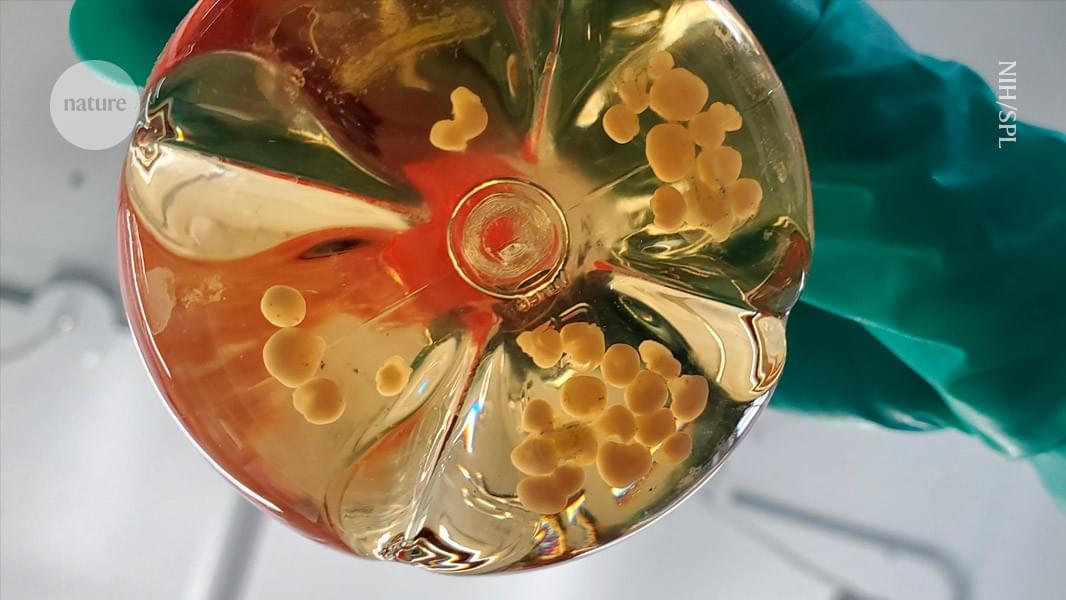
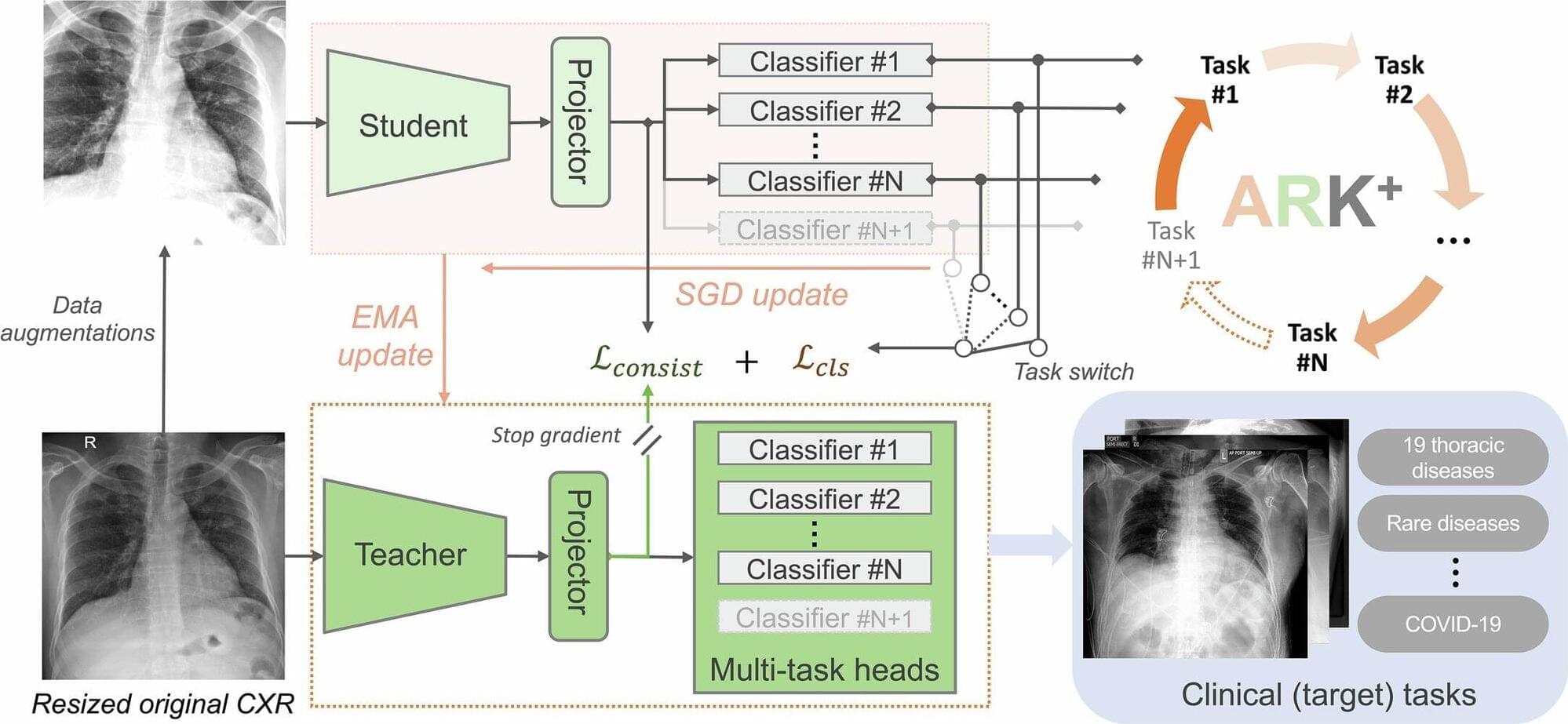
Can artificial intelligence (AI) potentially transform health care for the better?
Now, rising to the challenge, an Arizona State University team of researchers has built a powerful new AI tool, called Ark+, to help doctors read chest X‑rays better and improve health care outcomes.
“Ark+ is designed to be an open, reliable and ultimately useful tool in real‑world health care systems,” said Jianming “Jimmy” Liang, an ASU professor from the College of Health Solutions, and lead author of the study recently published in Nature.
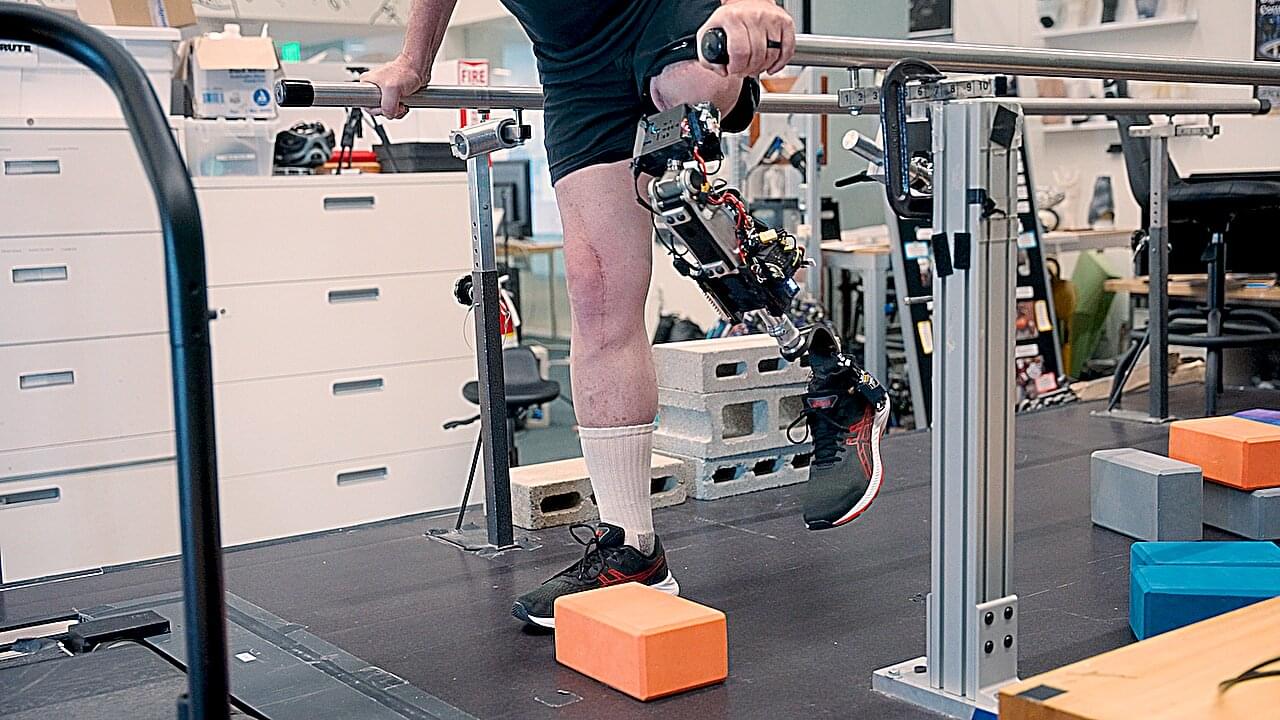
A new bionic knee allows amputees to walk faster, climb stairs more easily, and adroitly avoid obstacles, researchers reported in the journal Science.
The new prothesis is directly integrated with the person’s muscle and bone tissue, enabling greater stability and providing more control over its movement, researchers said.
Two people equipped with the prosthetic said the limb felt more like a part of their own body, the study says.
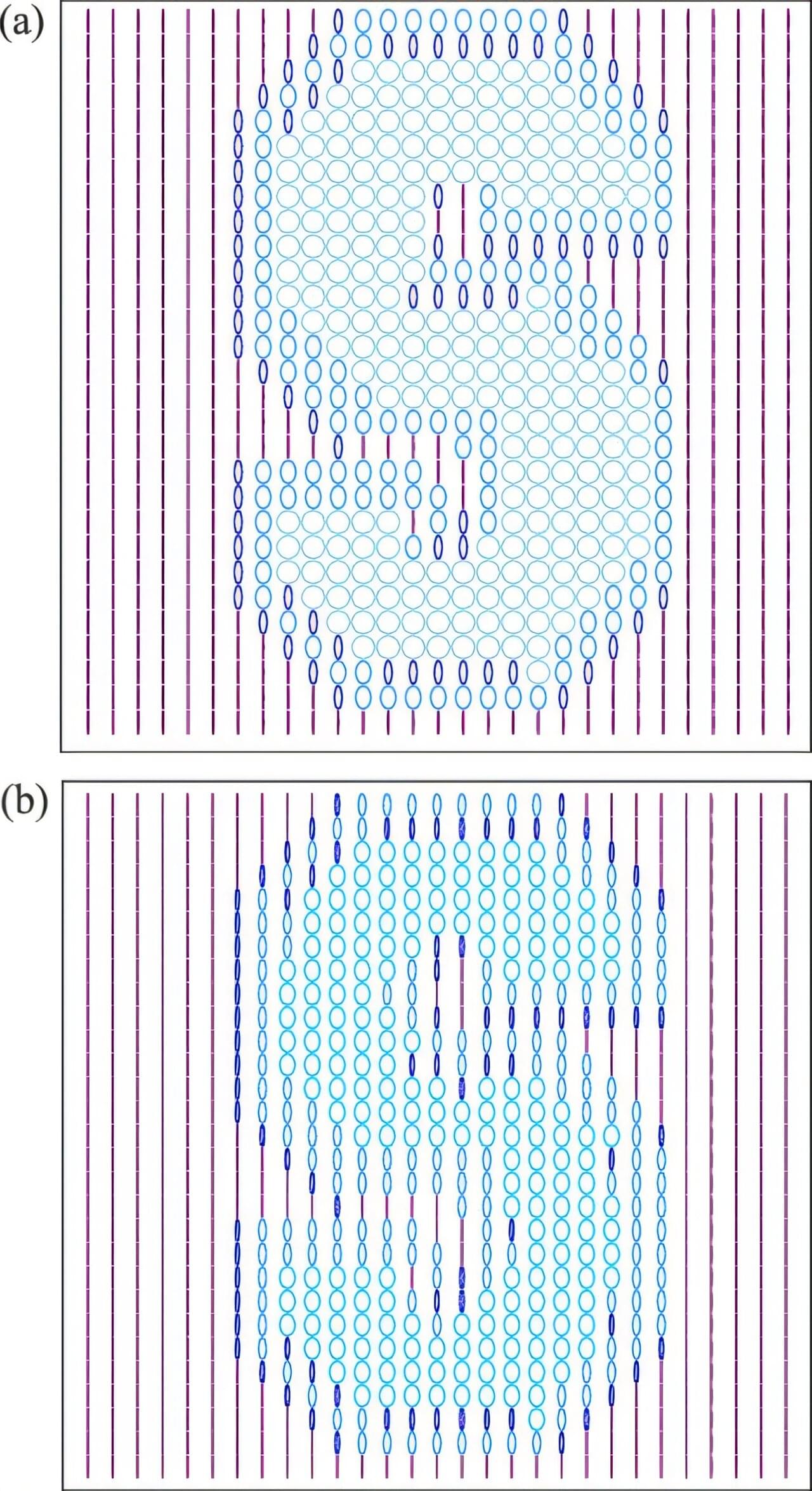
Since its development 100 years ago, quantum mechanics has revolutionized our understanding of nature, revealing a bizarre world in which an object can act like both waves and particles, and behave differently depending on whether it is being watched.
In recent decades, researchers exploring this wave-particle duality have learned to measure the relative “wave-ness” and “particle-ness” of quantum objects, helping to explain how and when they veer between wave-like or particle-like behaviors.
Now, in a paper for Physical Review Research, researchers at the Stevens Institute of Technology report an important new breakthrough: a simple but powerful formula that describes the precise closed mathematical relationship between a quantum object’s “wave-ness” and “particle-ness.”
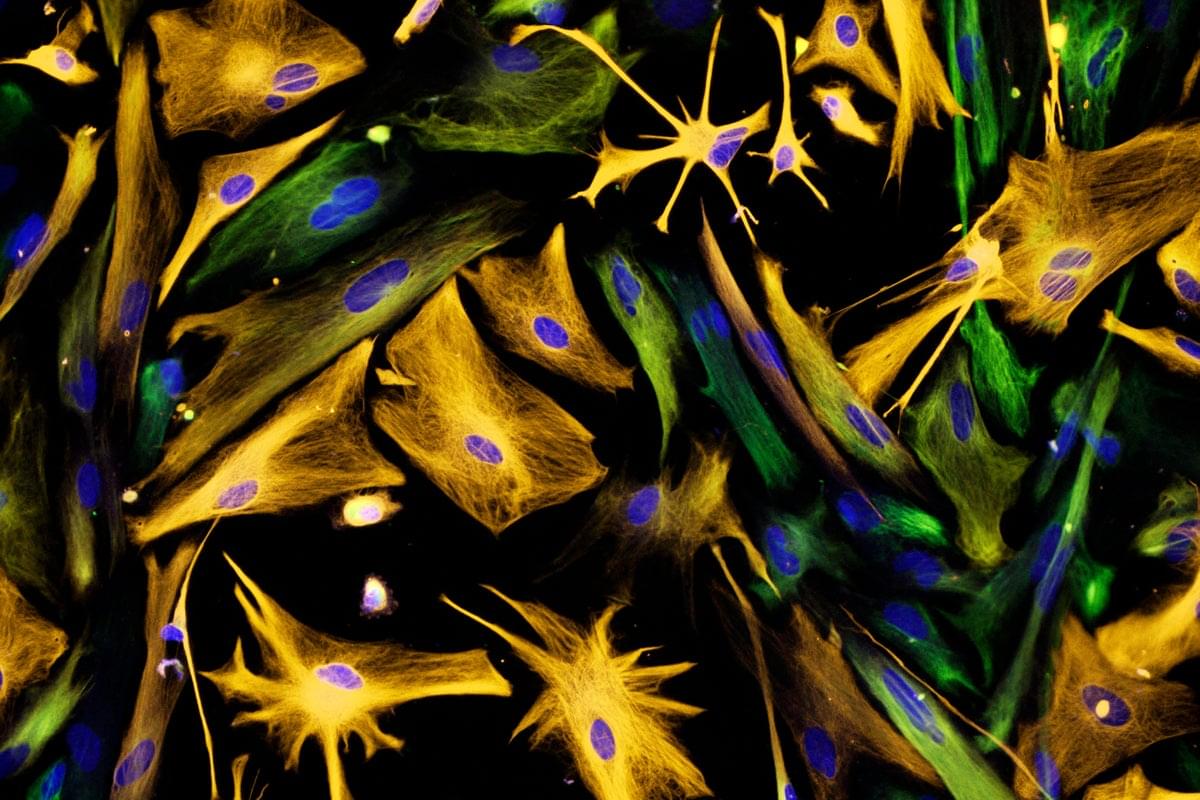
Anders Sandberg joins me to discuss superintelligence and its profound implications for human psychology, markets, and governance. We talk about physical bottlenecks, tensions between the technosphere and the biosphere, and the long-term cultural and physical forces shaping civilization. We conclude with Sandberg explaining the difficulties of designing reliable AI systems amidst rapid change and coordination risks.
Learn more about Anders’s work here: https://mimircenter.org/anders-sandberg.
Timestamps:
00:00:00 Preview and intro.
00:04:20 2030 superintelligence scenario.
00:11:55 Status, post-scarcity, and reshaping human psychology.
00:16:00 Physical limits: energy, datacenter, and waste-heat bottlenecks.
00:23:48 Technosphere vs biosphere.
00:28:42 Culture and physics as long-run drivers of civilization.
00:40:38 How superintelligence could upend markets and governments.
00:50:01 State inertia: why governments lag behind companies.
00:59:06 Value lock-in, censorship, and model alignment.
01:08:32 Emergent AI ecosystems and coordination-failure risks.
01:19:34 Predictability vs reliability: designing safe systems.
01:30:32 Crossing the reliability threshold.
01:38:25 Personal reflections on accelerating change.

“This gives us evidence that the goal of vision is to establish a 3D understanding of an object,” said study senior author Ilker Yildirim, an assistant professor of psychology in Yale’s Faculty of Arts and Sciences.
“When you open your eyes, you see 3D scenes — the brain’s visual system is able to construct a 3D understanding from a stripped-down 2D view.”
Researchers have dubbed this process “inverse graphics,” describing how the brain’s visual processing system works like a computer graphics process, but in reverse, from a 2D image through a less view-dependent “2.5D” intermediate representation, and up to a much more view-tolerant 3D object.

Nerve cells are not just nerve cells. Depending on how finely we distinguish, there are several hundred to several thousand different types of nerve cell in the human brain according to the latest calculations. These cell types vary in their function, in the number and length of their cellular appendages, and in their interconnections. They emit different neurotransmitters into our synapses and, depending on the region of the brain – for example, the cerebral cortex or the midbrain – different cell types are active.
When scientists produced nerve cells from stem cells in Petri dishes for their experiments in the past, it was not possible to take their vast diversity into account. Until now, researchers had only developed procedures for growing a few dozen different types of nerve cell in vitro. They achieved this using genetic engineering or by adding signalling molecules to activate particular cellular signalling pathways. However, they never got close to achieving the diversity of hundreds or thousands of different nerve cell types that actually exists.
“Neurons derived from stem cells are frequently used to study diseases. But up to now, researchers have often ignored which precise types of neuron they are working with,” says Barbara Treutlein, Professor at the Department of Biosystems Science and Engineering at ETH Zurich in Basel. However, this is not the best approach to such work. “If we want to develop cell culture models for diseases and disorders such as Alzheimer’s, Parkinson’s and depression, we need to take the specific type of nerve cell involved into consideration.”
For the first time, researchers at ETH Zurich have successfully produced hundreds of different types of nerve cell from human stem cells in Petri dishes. In the future, it will thus be possible to investigate neurological disorders using cell cultures instead of animal testing.